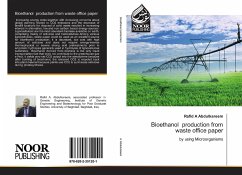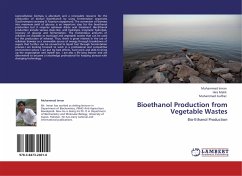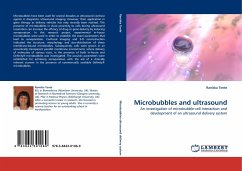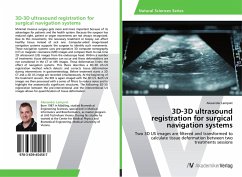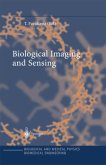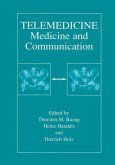Increasing energy costs together with increasing concerns about global warming related to CO2 emissions and the decrease of landfill locations for disposal of solid waste resulted in increasing interest in alternative, low and non-carbon based energy sources Lignocellulosic are the most abundant biomass available on earth, comprising mainly of cellulose and hemicellulose Among various lignocellulosic, waste paper could be used as an excellent source for bioethanol production; it is abundant, low cost with high amount of cellulose and does not require energy-intense thermophysical or severe strong acid pretreatments prior to enzymatic hydrolysis generally used in hydrolysis of lignocellulose substrates Bioethanol derived from biomass is the only liquid transportation fuel that does not contribute to the greenhouse gas e ffect, it yields zero net CO2 output into the atmosphere because after burning of bioethanol, the released CO2 is recycled back into plant material because plants use CO2 to synthesize cellulose during photosynthesis.

